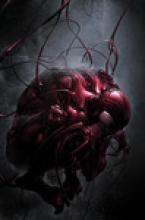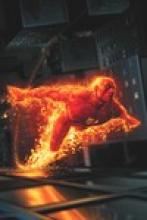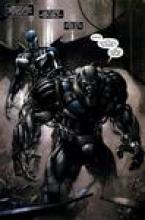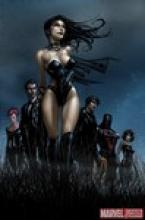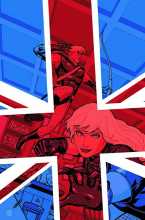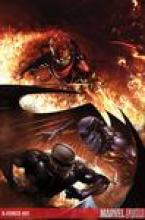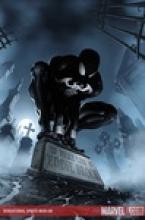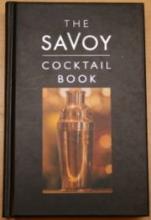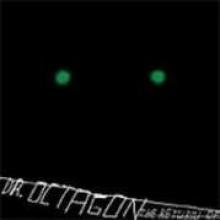The Williamsburg Winery in historic Williamsburg, Virginia has been cultivating vines since 1985. While its products don't yet stand up to the best of American viticulture (for that you'll have to look to California and Oregon), now is actually a great time to taste what the state of Virginia has to offer. It's easy enough for wine lovers to find the finest, most refined bottles in the world. It's another thing entirely to taste a great wine of the future in the middle of its maturation. That's the current appeal of Williamsburg Winery. It is the flavor of a wine that is soon to be stunning.
Today, the Williamsburg Winery produces a modest amount of both red and white wine, primarily using Merlot grapes. They have 25 bottle varieties, many of them blends. Honestly, most of the only worthwhile attraction currently among those 25 are the limited reserves that make the best of their fertile soil and oak barrel aging. Most of what the Williamsburg Winery bottles can be best described as local table wine, lacking in the complexity and character of older, more exacting wines. Despite the best efforts of Thomas Jefferson, Virginia was never much of a grape-growing region. Tobacco took up much of the state's farm land for luxury products. If it weren't for some of the more promising vintages at Williamsburg, it would be tempting to write off Virginia as a bad locale for wine.
Of Williamsburg Winery's white varieties, only one really stands out as potential winner. Their James River is, surprisingly, a blend that has a lot of fun notes in it. Its mild dryness sets the stage for a nicely matched floral note and citrus note, like lavender sprayed with fresh lemon juice. It practically begs to be paired with light, flaky fish or the summery side of Mediterranean cuisine. Given time to perfect the balance and focus the finish, the James River white could be a real commodity.
The same cannot be said for the winery's top-selling Governor's white or its attempt at a barrel-aged white in its Seyval Blanc. The former is a roundly unpleasant experience, starting with its disconcertingly sour nose and finishing with a lingering, unnatural aftertaste. Meanwhile, the Seyval has no character whatsoever. It hits the tongue with a momentary sting and then disappears completely, overshooting its mark in a quest for a refreshing arc.
Williamsburg Winery's reds fare a bit better. The economical Two Shilling red will be almost laughably sweet and fruity for most red wine drinkers, though it does rather well as the base for sangria. For a more middle-of-the-road red, the J. Andrews Merlot is a varietal that sports a leathery undertone without much complexity on top of it. It might do well with lamb or as an alternative to beer with grilled foods. If one Williamsburg red is going to go places, it's the Gabriel Archer Reserve. It has a near perfect body with a classic three-note flavor of blackberry, oak and fire. If one must drink Virginia wine with steak, this is the one to choose.
Lastly, steer clear of Williamsburg's dessert wines. The Vin Licoreux varieties are especially egregious, attempting Framboise flavors and getting only sickly sweet syrups for the trouble. Dessert wine requires gentle frosts or stable brandy, neither of which are hallmarks of Virginia.

